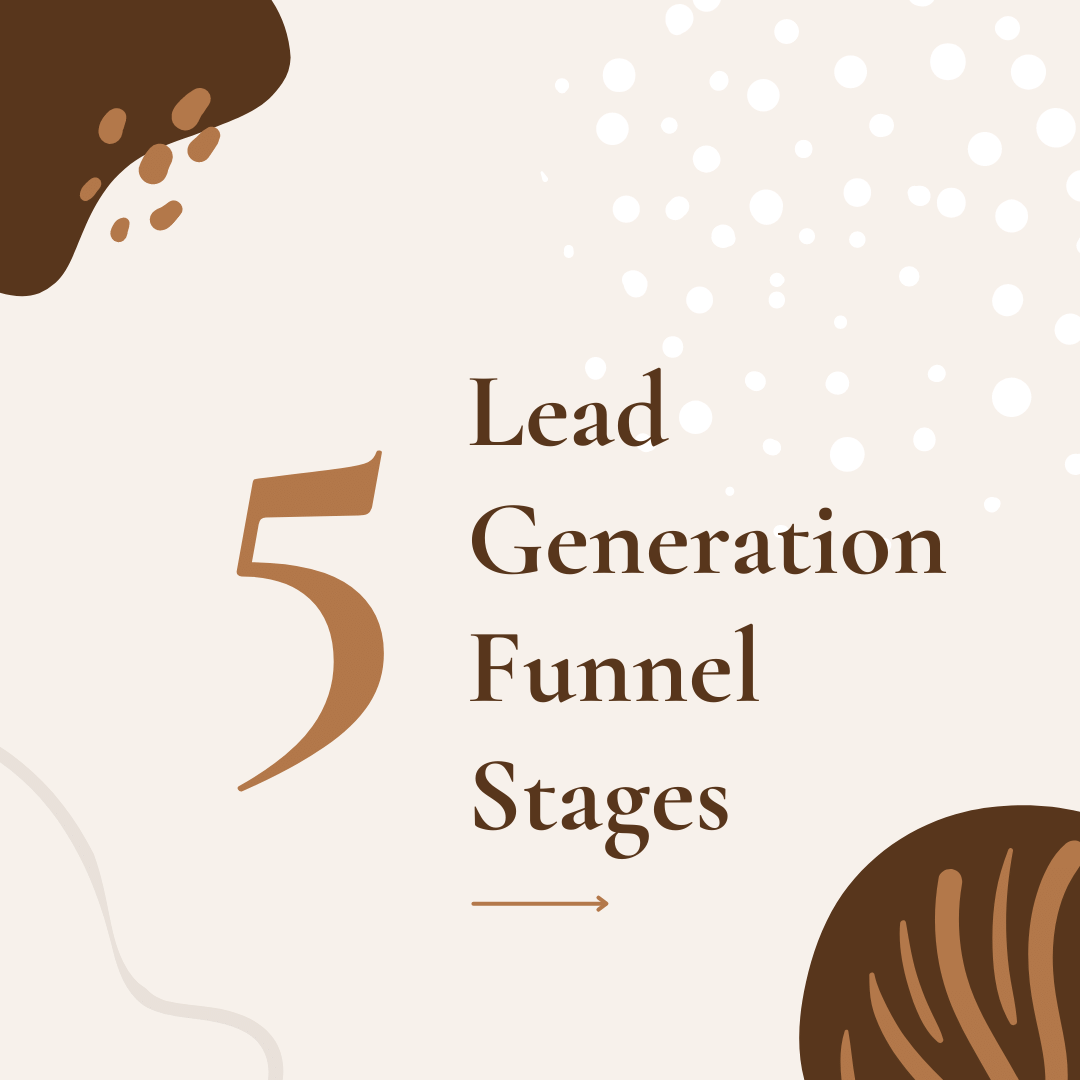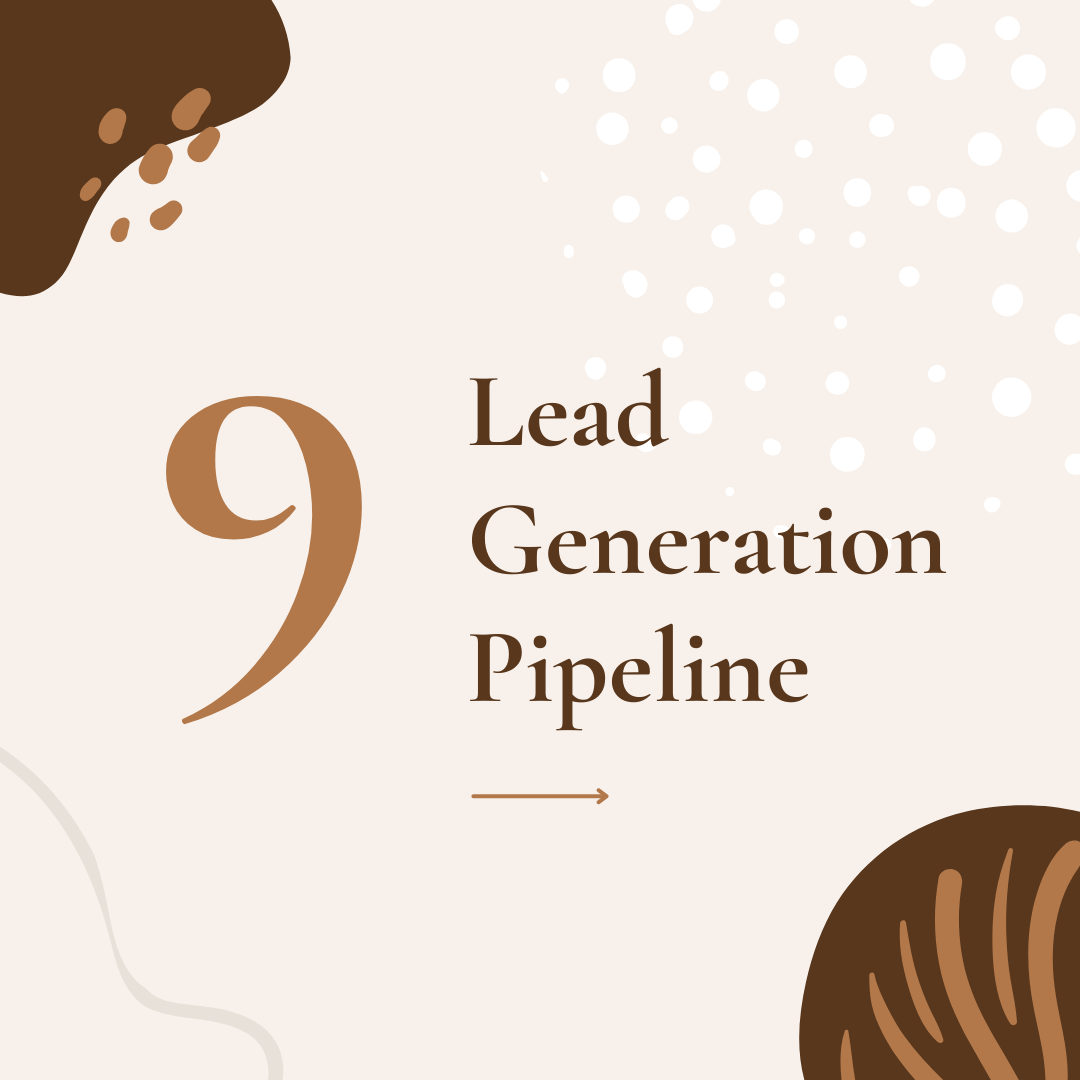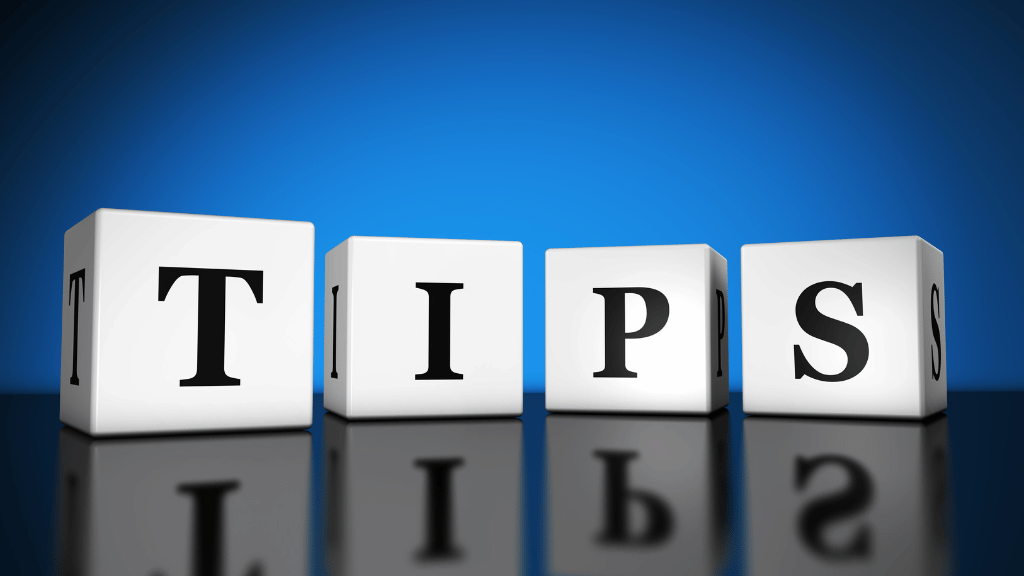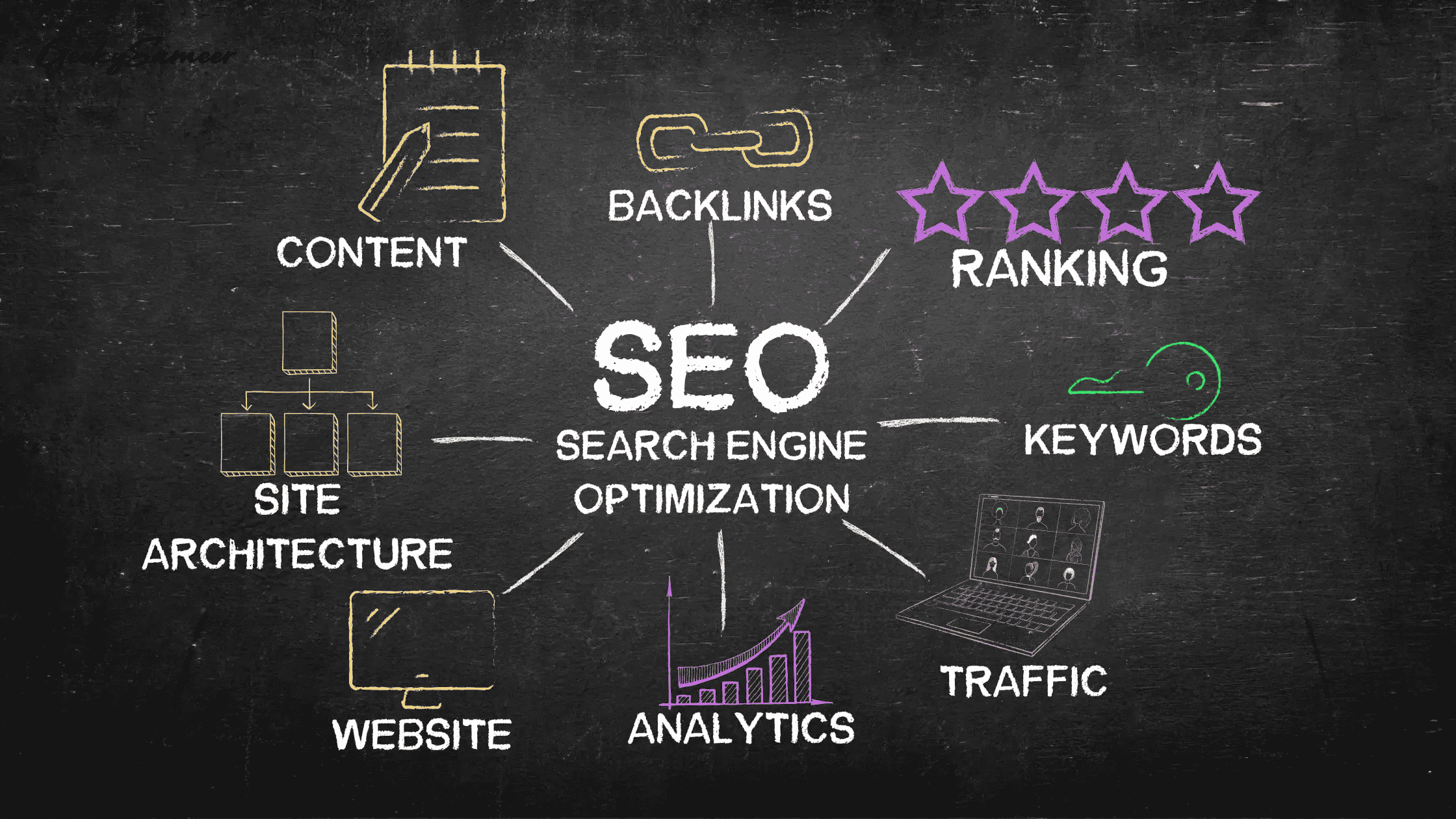Creating a Lead Generation Funnel: A Step-by-Step Guide
Small enterprises have been severely impacted by the decade's abrupt shifts in consumer behaviour. Small firms have had to deal with unforeseen changes in consumer buying patterns, including shifts, remote employment (and then a return to it), and peak inflation rates. It is crucial now more than ever to create a solid lead creation plan.
If you have a strong sales strategy in place, you may adapt your approach in response to changes. In contrast, a company that only relied on foot traffic to bring in consumers would need to create a lead generation funnel from scratch if a significant shift disrupted people's regular shopping routines.
I'd like to discuss the lead generation strategy that my team has used with you. Your journey won't precisely look like this because every firm will have a distinct lead generation strategy, but the objective is for it to spark some ideas that help push your lead generation to the next level.
In the dynamic landscape of modern marketing, a lead generation funnel stands as a strategic framework that guides potential customers through a seamless journey, from initial awareness to becoming loyal clients. This blog unveils the intricacies of creating an effective lead generation funnel, offering you a step-by-step guide to transform strangers into enthusiastic brand advocates.
A Lead Generating Funnel: What is it?
The process of attracting potential clients and converting them into qualified leads is known as lead generation.
Lead generation works similarly to fishing. To begin, decide what species of fish you want to catch and where to find them. Next, pick the best bait for your hook and cast your line. But the process doesn't finish there; if you have a bite, you can't simply begin reeling in your line. Putting your fish on the hook and reeling it in without losing it requires a certain skill.
The Lead Generation Funnel's Stages
The lead generation funnel has five main stages: awareness, interest, evaluation/desire, action/confirmation, and conversion. The diagram below shows how each stage corresponds to the top-of-funnel (TOFU), middle-of-funnel (MOFU), or bottom-of-funnel (BOFU) of the lead generation funnel.
a) You'll employ a lead magnet to attract potential customers' attention during the awareness stage.
b) By showcasing the value of your business and generating interest in your brand, you can take advantage of that attention during the interest stage.
c) You will direct the prospect's interest in a certain good or service that offers them a particular benefit or solution throughout the appraisal/desire stage.
d) You'll persuade the prospect to take the next step and make the purchase they've been thinking about during the action/confirmation stage.
e) You will finalise the deal by making the sale during the conversion phase.
How do I construct a Lead Generation pipeline?
Here is the step-by-step procedure my business used to boost sales.
1. Define Your Target Audience: Laying the Foundation
The first step is identifying your ideal customers. What are their pain points, desires, and motivations? This knowledge serves as the cornerstone for tailoring your funnel content and messaging.
2. Top of the Funnel (TOFU): Creating Awareness
This is the awareness stage, where you cast a wide net to capture the attention of your target audience. Employ strategies such as informative blog posts, social media content, and eye-catching visuals to engage and educate your prospects.
3. Middle of the Funnel (MOFU): Nurturing Interest
As prospects move deeper, offer valuable content like eBooks, webinars, or case studies. Focus on building trust and showcasing your expertise to keep them engaged and interested.
4. Bottom of the Funnel (BOFU): Conversion and Beyond
Here, the goal is to convert leads into customers. Offer personalized content like demos, free trials, or consultations to address their specific needs. Once converted, maintain engagement through follow-up emails, exclusive offers, and exceptional customer service.
5. Optimizing and Analyzing Your Funnel: Continuous Improvement
Regularly analyze your funnel's performance using metrics like conversion rates and engagement levels. Optimize based on the data, refining your strategies to enhance results.
6. Tools and Technologies: Streamlining Your Funnel
Utilize marketing automation platforms, CRM systems, and analytics tools to streamline and manage your lead generation efforts efficiently.
7. A/B Testing and Experimentation: Fine-Tuning Your Funnel
Never stop experimenting. Test different elements of your funnel – from headlines to call-to-action buttons – to discover what resonates best with your audience.
8. Continuous Engagement: Turning Customers into Advocates
Even after conversion, keep nurturing your relationship. Provide ongoing value through newsletters, loyalty programs, and exclusive content to turn customers into brand advocates.
9. Embracing Change and Growth: Scaling Your Funnel
As your business evolves, your funnel should adapt accordingly. Embrace change, explore new tactics, and ensure your funnel keeps pace with your expanding goals.
Tips for optimizing your Lead Generation Funnel
An effective lead generation funnel is like a well-oiled machine that drives potential customers towards conversion. However, the journey doesn't end with its creation; continuous optimization is key to squeezing the best possible results from your efforts. In this blog, we'll delve into valuable tips and strategies to fine-tune and optimize your lead generation funnel for maximum efficiency and success.
1. Define Clear Goals and Metrics: Setting the Course
Begin by establishing clear, specific goals for each stage of your funnel. Are you aiming for a higher conversion rate, increased engagement, or a reduced bounce rate? With well-defined objectives, you can measure your progress accurately.
2. Know Your Audience Inside Out: Tailoring Content
Deepen your understanding of your target audience's preferences, pain points, and behaviors. Craft content that speaks directly to their needs, aspirations, and challenges, increasing the likelihood of engagement and conversion.
3. Streamline User Experience (UX): Smooth Navigation
Optimize your website's layout, making it user-friendly and intuitive. Ensure easy navigation, fast loading times, and mobile responsiveness to provide a seamless experience that encourages visitors to explore further.
4. Compelling CTAs: Guiding the Journey
Craft compelling and action-oriented call-to-action (CTA) buttons that guide users to the next step. Use enticing language, contrasting colors, and strategic placement to prompt clicks and conversions.
5. A/B Testing: Unveiling Insights
Constantly experiment with different elements in your funnel, such as headlines, visuals, and CTAs. A/B testing helps identify what resonates best with your audience, allowing you to refine your approach based on data-driven insights.
Conclusion
A well-crafted lead generation funnel is a powerful asset that drives sustained growth and customer acquisition. By meticulously constructing each stage and aligning your strategies with your audience's needs, you create a seamless journey that transforms prospects into devoted customers. Remember, the true essence of a successful lead generation funnel lies not only in its construction but also in the dynamic optimization and ongoing engagement that ensure it remains a robust and effective tool in your marketing arsenal.









